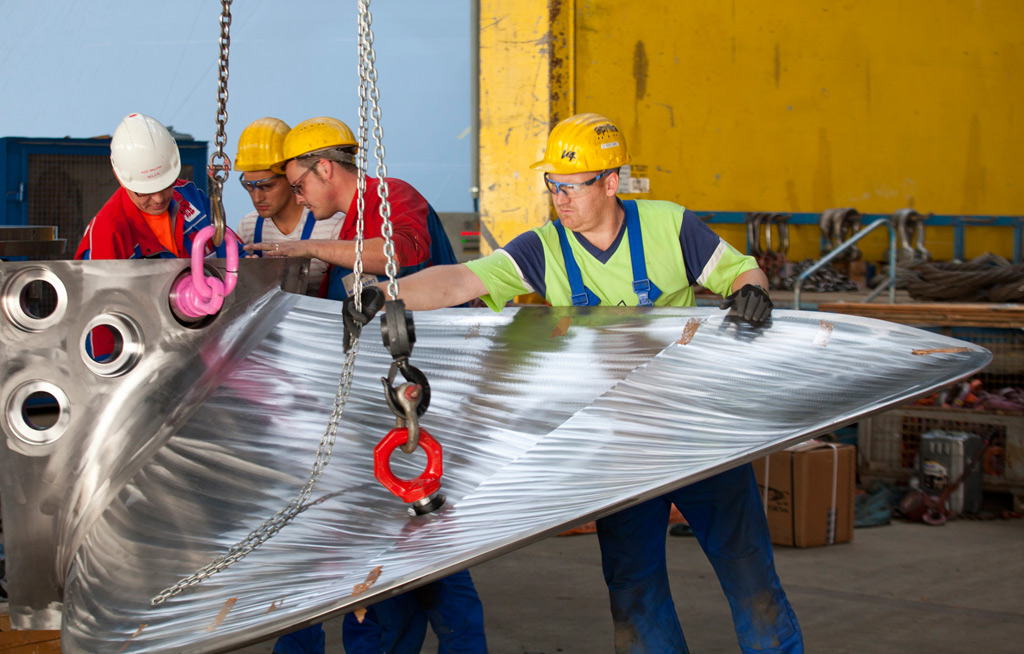 Since joining Royal Caribbean International in late 2013 as Senior Vice President of Marine Operations, Rear Admiral William D. Baumgartner (U.S. Coast Guard, retired) said: “The foundation of what I worry about is safe, reliable and efficient operations.
Since joining Royal Caribbean International in late 2013 as Senior Vice President of Marine Operations, Rear Admiral William D. Baumgartner (U.S. Coast Guard, retired) said: “The foundation of what I worry about is safe, reliable and efficient operations.
“In terms of efficiencies a huge focus for us is fuel,” he said. “That is one of our biggest expenses. So we’ve invested a tremendous amount of time, effort and capital to come up with ways to become more fuel efficient.”
Calling the Quantum of the Seas the pinnacle of that effort, plans are already well underway to surpass that with the third Oasis-class ship, which will aim for a 21.5 percent savings improvement over the Allure of the Seas. The new Oasis-class vessel is due from STX France in 2016.
Once touting constant speed between ports to ensure efficient operations, Royal Caribbean has moved to a software-based optimal speed assist strategy.
Thus, a software program is looking at the optimal load of the ship’s engines in regards to the power needed to move the hull through the water, time and distance to the next port, anticipated hotel loads and when, and even the outside temperature.
“The program can say that a ship needs to go at this average speed between these two places, but the best thing to do because of other (energy) loads may be to operate on two engines first, going a bit slower, but having both those engines operating at their peak efficiency,” said Baumgartner. “Then in a few hours, add a third engine and speed up. That way the engines are producing power at their peak efficiency as much as possible.
“So, if you’re really sophisticated, you move from constant speed to optimum power consumption and power generation, and put all those things together,” continued Baumgartner.
“Constant speed over the course of a route is very likely not the most efficient way to do it.”
Efficiencies come from everywhere, according to Baumgartner, but start under the water with how the ship glides through the ocean.
A new bubble system on the Quantum is already paying dividends, and could be retrofitted on other ships in the fleet in the near future.
Talking with Cruise Industry News, Baumgartner walked us through the Voyager drydock in Asia. After 15 years of service, it was time to take the hull down to bare metal, allowing for a brand new silicone coating.
For the pods, Royal Caribbean determined the propellers blades were still thick enough, but the company opted to go with new cones at the ends of the pods.
The hydrodynamic cones have new fins to better direct flow.
Four bow thrusters on the Voyager of the Seas have gotten new grates, similar to the ones on the Quantum. The grates may add up to half a percent in decreasing drag.
Excerpt from Cruise Industry News Quarterly Magazine: Winter 2014/2015




